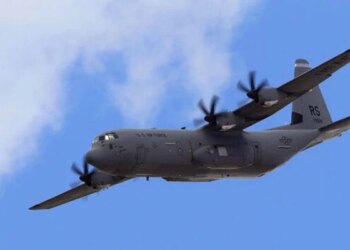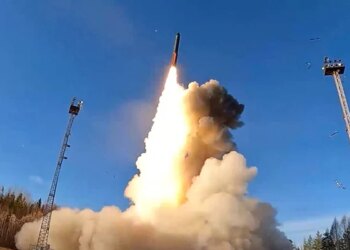Select Language:
ALMATY: President Donald Trump is set to host all five Central Asian leaders in Washington this Thursday, marking the first time since their recent separate summits with Russia’s Vladimir Putin and China’s Xi Jinping that they gather together.
The Western interest in this resource-rich area has grown, especially as Moscow’s historical influence faces questions following its invasion of Ukraine, with China also emerging as a key player in the region.
Competition for Dominance
Following the Ukraine conflict, leaders of Kazakhstan, Kyrgyzstan, Tajikistan, Turkmenistan, and Uzbekistan have increased their engagement with other nations through the “C5+1” format.
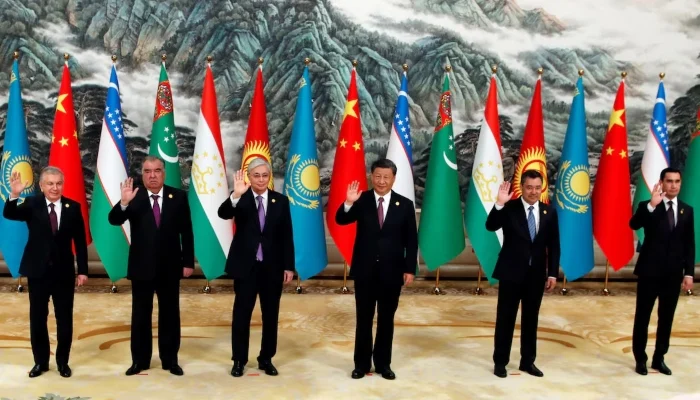
Washington and the European Union have stepped up their diplomacy with the five countries, which gained independence from the Soviet Union in 1991. The first US-Central Asia summit was held in 2023.
Meanwhile, Russia, China, Western nations, and Turkey have all vied for influence in this geopolitically strategic, resource-rich region.
This year, high-profile visits included EU President Ursula von der Leyen, Russian President Vladimir Putin, and Chinese leader Xi Jinping—all meeting with Central Asian leaders in separate summits.
With most regional conflicts diminishing, these countries are demonstrating a unified diplomatic front.
China, sharing borders with Kazakhstan, Kyrgyzstan, and Tajikistan, has positioned itself as a key trading partner, investing heavily in infrastructure projects.
Although the former Soviet republics still regard Moscow as a strategic partner, concern over Russia’s Ukraine actions has led to increased caution.
Tensions have also created opportunities for Turkey, which leverages cultural ties to strengthen military and trade relationships, capitalizing on Russia’s distraction.
The Western presence in the region grew from early 2000s collaborations, when bases in Central Asia supported operations in Afghanistan.
Resource Wealth
The region’s untapped natural resources have attracted U.S. and EU interest as they seek to diversify their supplies of rare earths and reduce reliance on China.
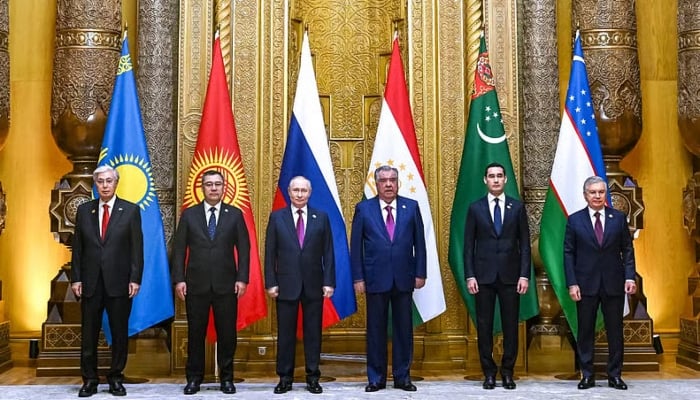
Beyond uranium, Kazakhstan is the world’s top producer, Uzbekistan boasts large gold reserves, and Turkmenistan is rich in natural gas. Kyrgyzstan and Tajikistan are discovering new mineral deposits amidst their mountainous terrains.
Russia maintains a stronghold on regional energy through Soviet-era infrastructure and nuclear energy projects, but the area faces severe pollution, climate change impacts, and water shortages.
Challenging Logistics
Despite its vast reserves, developing these resources remains difficult due to the poverty, remoteness, and rugged landscapes of the five countries.
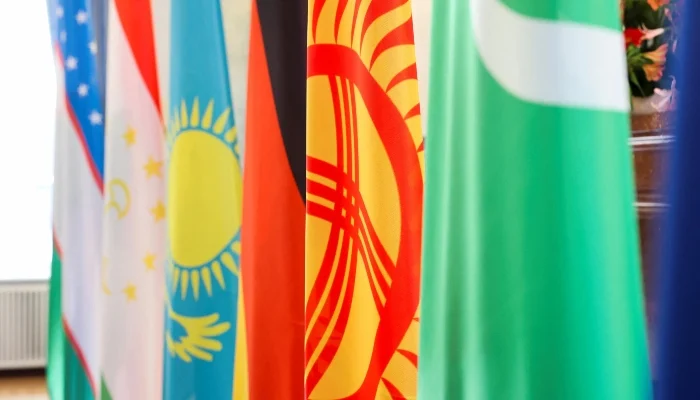
Covering roughly the size of the European Union with about 75 million residents, Central Asia is landlocked, dominated by deserts and mountains, and bordered by countries with strained ties to the West: Russia to the north, China to the east, and Iran and Afghanistan to the south.
Historically a vital part of the Silk Road, the region is now striving to revive its role as a commercial hub.
The five states have formed numerous partnerships aimed at reducing reliance on Russia.
Both Beijing and Brussels are backing projects to establish a transport corridor across the Caspian Sea, offering a route to Europe via the Caucasus to bypass Russian territory.
From 2021 through 2024, trade via this corridor surged by 660%, according to official data.
Human Rights Concerns
President Trump, known for his admiration for tough regimes, emphasizes economic ties over promoting democratic ideals in these authoritarian states.
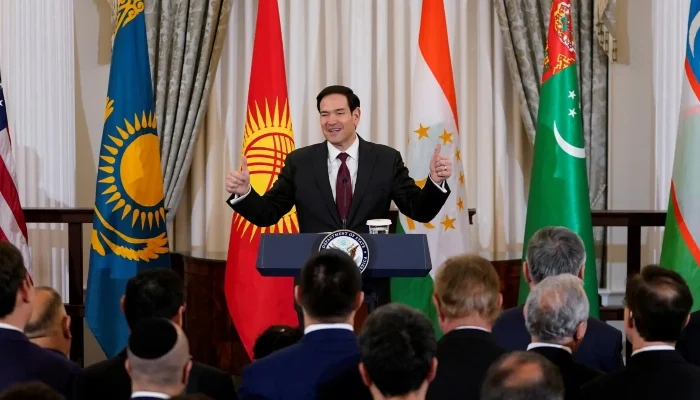
While these countries are opening up to tourism and foreign investments, human rights organizations warn about worsening civil freedoms.
Human Rights Watch urges the U.S. to prioritize human rights discussions during the upcoming summit.
The group notes a worrying trend: governments are cracking down on dissent, silencing media, and punishing critics, both domestically and internationally.
Press freedom rankings place the Central Asian nations near the bottom, with Turkmenistan ranking 174th out of 180 countries—among the most secretive in the world.
Kazakhstan and Kyrgyzstan had previously supported Trump’s move to shut down Radio Free Europe, one of the last alternative news outlets in the region.




